
Ise Jingu (Ise Grand Shrine) is a shrine that has long been called as “O-Ise-san” or “The homeland of the Japanese”.
Its history spans for more than 2000 years and Ise, where people from all over Japan come here for worshipping, has flourished as a town for interaction of history, culture and things.
The spirit of hospitality has continued to be inherited until today, grasping the heart of many generations.
Combination of difference colors. A different style.
I rented the kimono “Obi-yu” and get myself changed into a different style.

Into the Naiku (inner shrine) of Ise Jingu (Ise Grand Shrine). To know the new charms.
From Ujiyamasa Station, I took the bus to Naiku and joined my Ise tourist guide whom I’ve booked in advance, in front of Uji-bashi (Uji Bridge).
Refer here for Ise Tourist Guide: http://ise-machi.co.jp/dmo/
I’ve been here a few times. You may think that I know this place well, instead frankly speaking I didn’t not know much about Ise Jingu.
I wasn’t even sure of the pronunciation of the word “Naiku”. Well, this is another story then. *Only at Ise Jingu pronounce "内宮" as ”Naiku” while other Shrine pronounce as “Naigu”. Same goes with "外宮".
While learning about the basic knowledge of Ise Jingu, we crossed the Ujibashi Bridge that leads worshippers to Ise Jingu.
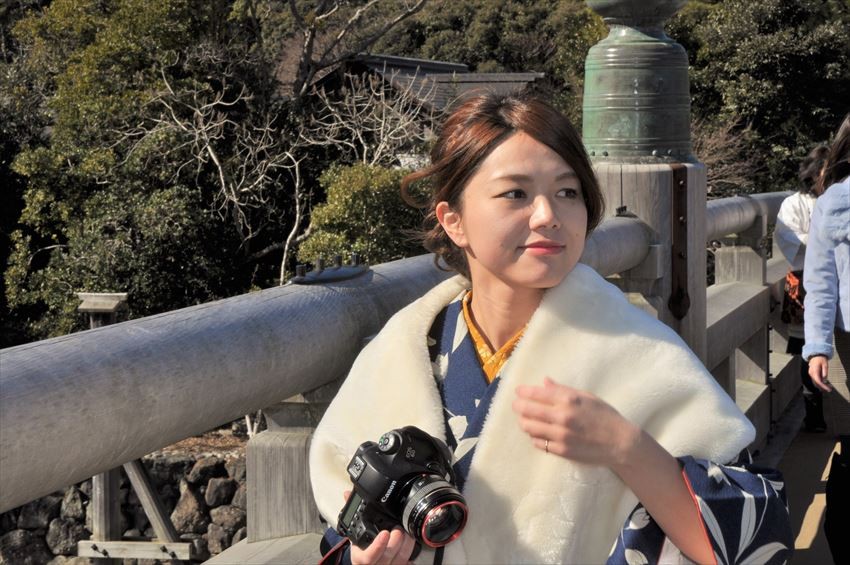
The floor of the Uji-bashi was said to be built using the technique called as “Suri Awase (fitting)”, which is applied in the construction of the bottom of wooden ship.
Because of this, the construction of the bridge was done by Miyadaiku (specialist in construction of temples and shrines) and Funadaiku (shipbuilders).
This is a technique that fit timbers together with no gap in between, without using a single nail.
The guide also showed me the spot from where I could have a good view of the whole bridge.

▲ Photo by Nana
Look, how splendid the warp is…Their craftsmanship was superb.
Do you know that there is pet service in Ise Jingu (Ise Grand Shrine)??
While walking through the Shin’en (shrine garden) towards the main shrine, I heard dogs’ barks from somewhere.
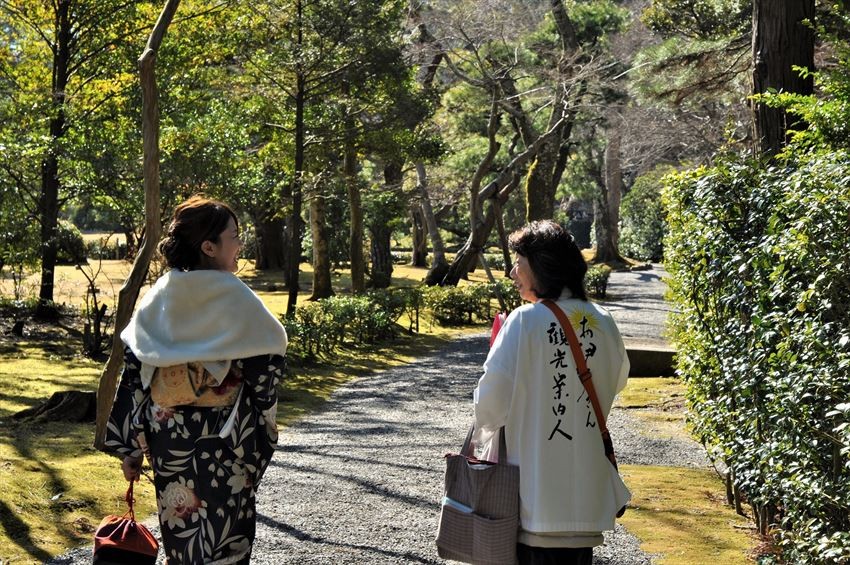
Eh? Isn’t it pets are not allowed in Ise Jingu??
That’s true. After confirmation, pets are not allowed within the shrine area.
That’s why pet keeping services are available at the “Guardhouse” at the entrance of the Naiku and Geku (Outer Shrine). Furthermore the service is free of charge.
A practice of worshiping: take water from Isuzugawa
Isuzu River Wash Area is the place where worshippers cleanse both mind and soul before worship.
Here, there is a practice called as “Hassaku no o-mizukumi” which are inherited by the locals.

▲The sun’s sparkling and reflecting on the slow flowing water
Early in the morning on Hassaku (1st August), people will draw water from the river using plastic bottles and so on, and then visit the Taki Matsuri no Kami within the Naiku area.
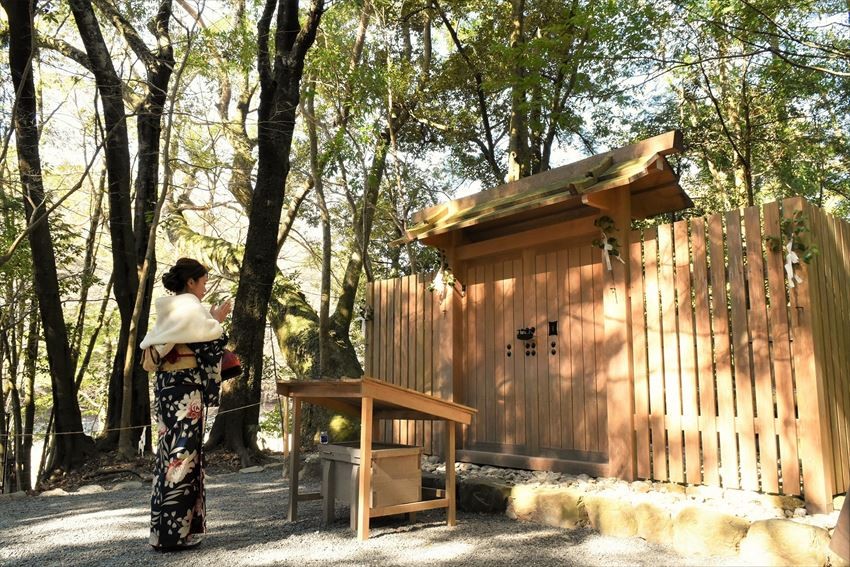
The belief is to put the water on the Kamidana (a household Shinto altar) to pray for a year of sound health and safety of the family.
Close the eyes while in the lush greenery, and listen to the shuffling of leaves and twittering of birds.
Ah~it feels purifying.
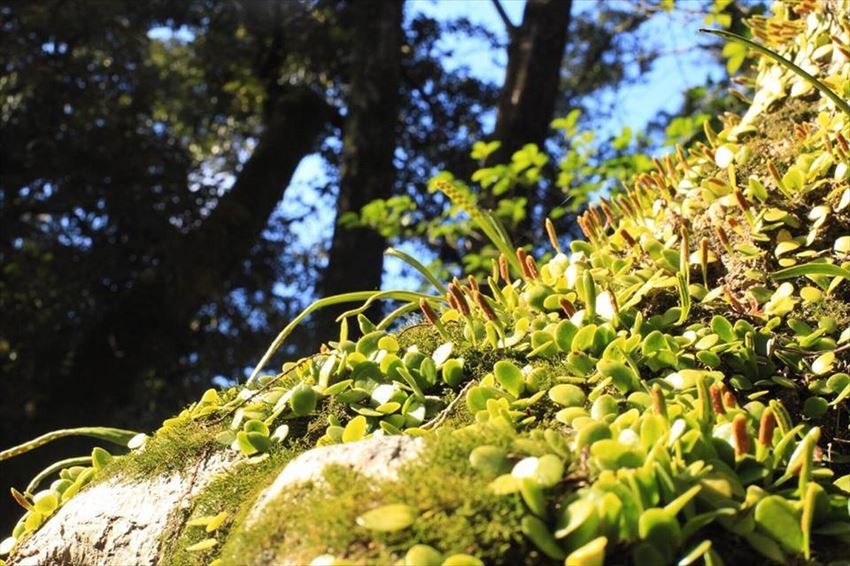
▲Photo by Nana
Ise Jingu (Ise Grand Shrine) is not a place to ask from God, but a place to thank God
To be exact, Ise Jingu is called as “Jingu”; there are in total 125 shrines and 140 Gods, with the Naiku dedicated to Amaterasu Omikami and Geku to Toyoukeno Omikami.
At the main shrines of both Naiku and Geku, each enshrines the Nigi-mitamia (harmonious soul; normal state of the God, its functional side). This is a place not for personal wishes but a place to deliver gratitude to gods.

▲Photos are only allowed until the main shrine.
If you would like to pray for personal wishes, then you may go to the “Aramatsurinomiya”, the first auxiliary shrine and the “Takanomiya” at the Geku.
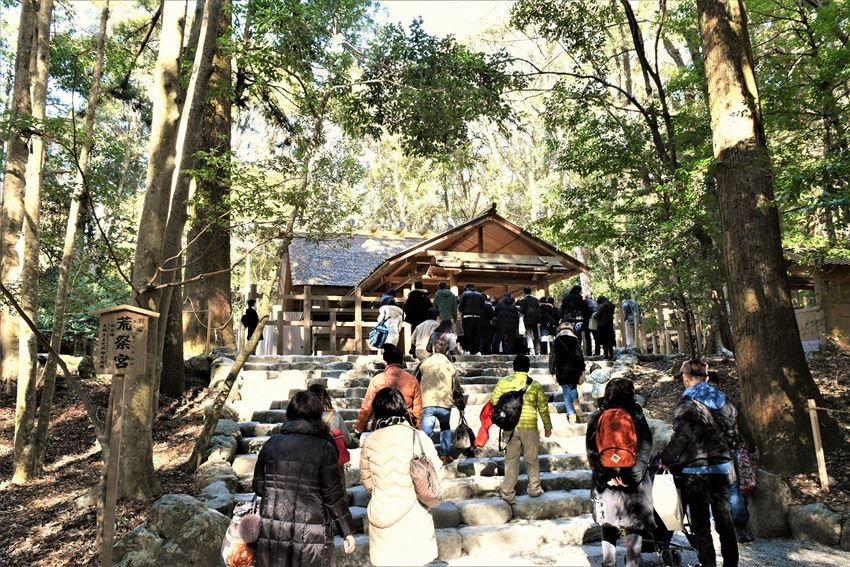
Here enshrines the Ara-mitama (Rude Soul, rough and violent side of God), and the mitama will show its power at the critical time.
The munamochi-bashira (posts which hold the ridge) of main shrines were reused as Torii gates
After the Shikinen Sengu (transfer of deity to a new shrine), the munamochi-bashira of the main shrines of Naiku and Geku were transformed into the Otori gates at both sides of the Ujibashi Bridge.
You can’t see the main shrines here, but it is said the size is 5 times bigger than this Mishinenomikura.
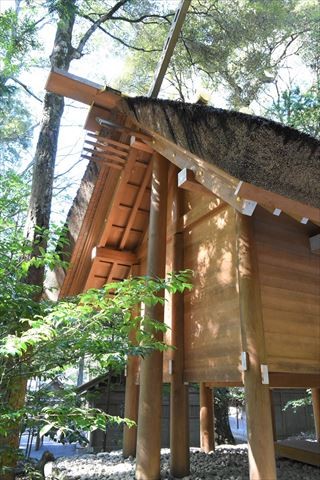
▲ The post at the middle which supports the roof is the munamochi-bashira.
I didn't know about this, the recycle process in Ise Jingu.
The worship tour with guide lasted for roughly 2 hours
Through the guided worship tour, I was able to know more about the profound charms of the place and had a really fulfilling time.
Even though I have been here for a few times, I felt like I was a first timer.
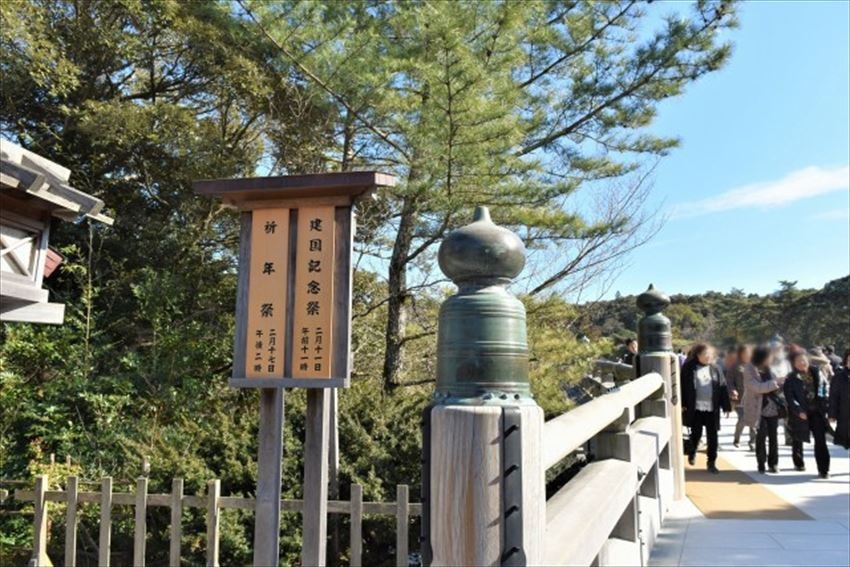
▲ Lastly, touched the 2nd Giboshi (an ornament on a parapet of the bridge) at the left facing the Ujibashi Bridge. It is said a prayed Mandonusa (talisman) was placed in the Giboshi.
Manekineko. Cats and cats. To the Okage Yokocho
After bedding goodbye to the guide, I went to the bustling Okage Yokocho.
Ise has been welcoming the worshipers since the time when people all over Japan had the Ise worship as their once-in-a-lifetime dream.
From the lively Okage Yokocho, one can feel the warmth of its hospitality.
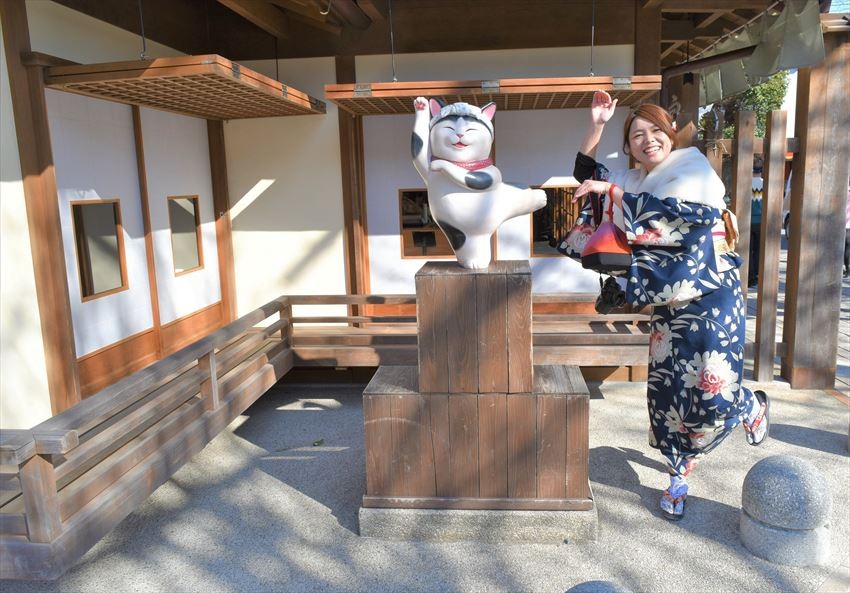
▲In Okage Yoskocho, there are many Manekineko displayed at shops. It is quite fun to look for them.
Evening visit to Geku. Food for gods are self-sufficing
When it is sunset, I met again with the guide and visited the Geku.
Refer here for Ise Tourist Guide: http://ise-machi.co.jp/dmo/
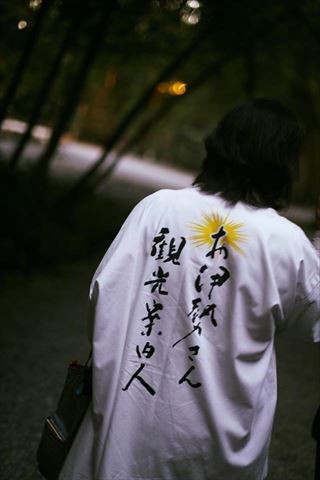
▲Photo by Nana
Following the instructions, I took the cold water and wash and cleanse my hands and mouth.
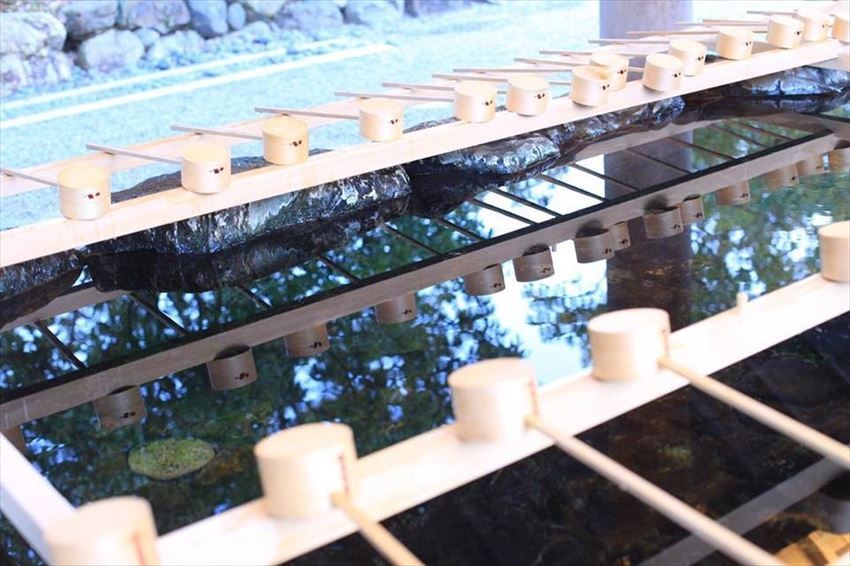
▲Photo by Nana
The goddess of Toyouke Daijingu (Geku) is the Goddess of Food and is revered as the Goddess of Agriculture and Industry.
The meals for the gods are served 2 times daily, morning and evening.
Food are prepared at the Imibiyaden, the kitchen of gods.
For the fire needed for the cooking, it is said that the fire ignition tools like what in ancient times are used until today.
The menu is rice, bonito, fish, seaweed, vegetables, fruits, salt, water and 3 cups of sake. From the salt and food and tableware to kimono, all are self-sufficient and I am so surprised to learn that.
The meals are served at the Mikedono at Geku, and the ritual has been carried on since 1500 years ago, every morning and evening.
How amazing.
The holy precinct. Walking on the gravel path
Gravel is unbelievable.
It is said that from the old days, in Japan there is the practice of laying beautiful stones at sacred places.
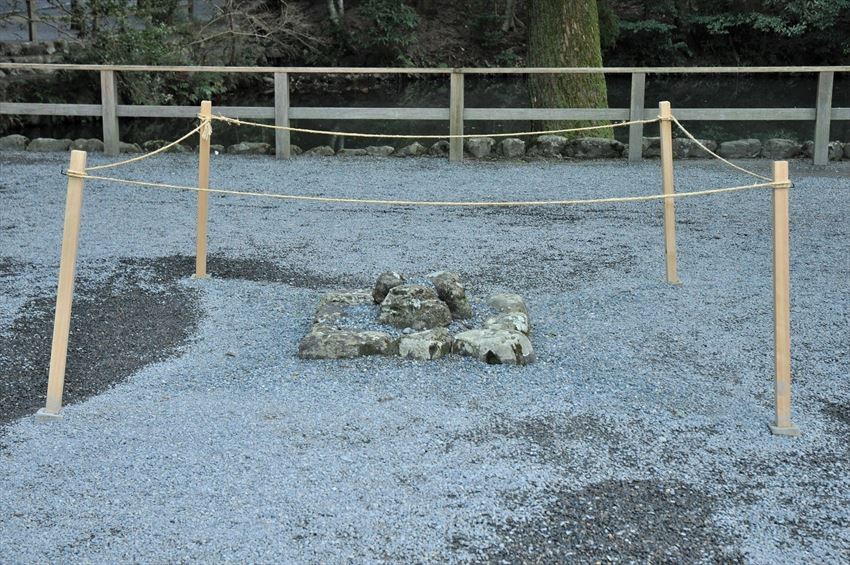
▲Kawara-no-Harisho
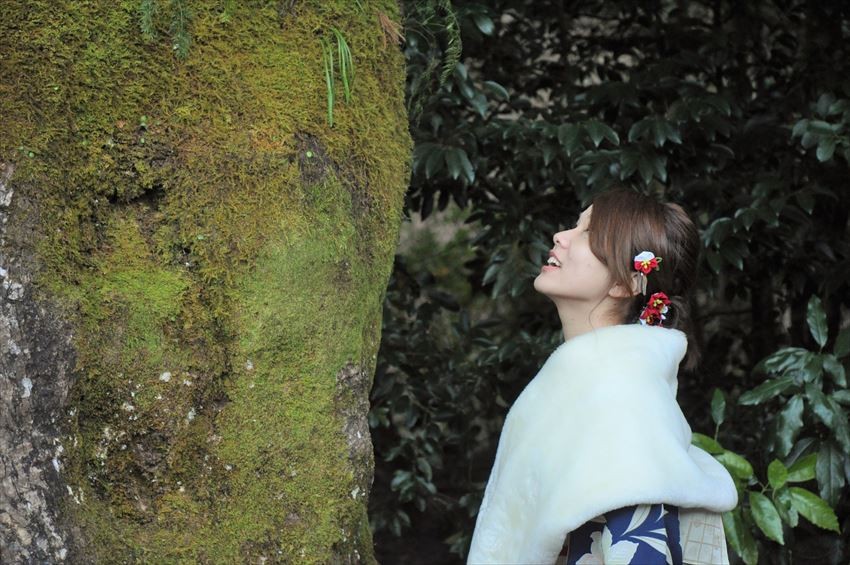
▲One can feel the warmth and wave from the tree trunk
By stepping on the pure gravel, it helps to cleanse the mind and the body, and prepare one before God.
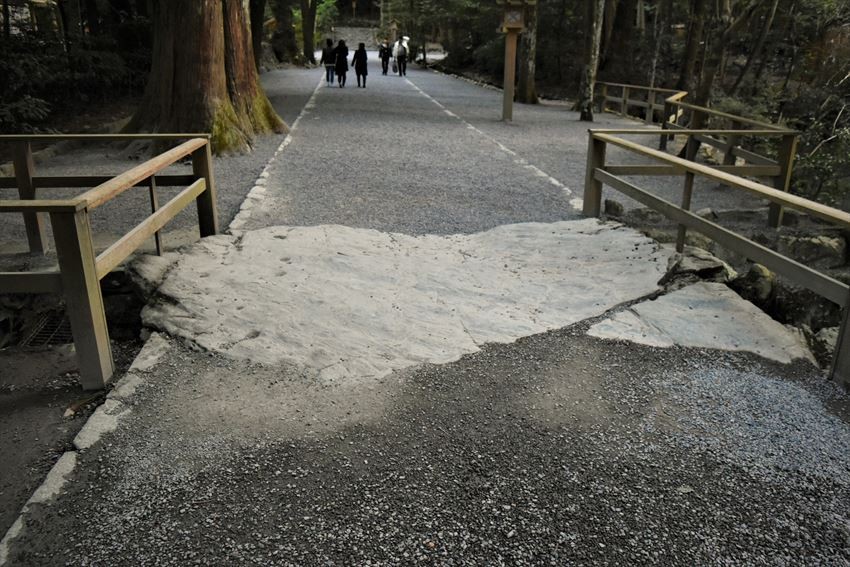
▲Kameishi (Tortoise Stone)
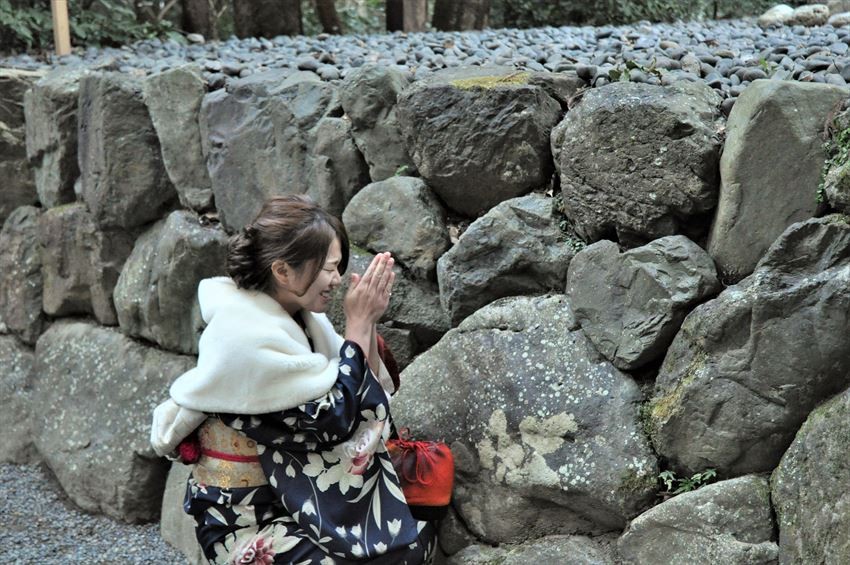
▲ I found a heart-shaped rock. Let's pray for a good destiny in relationship.
To the main shrine of Geku. To convey the daily gratitude
At the main shrines of both Naiku and Geku, each enshrines the Nigi-mitamia (harmonious soul; normal state of the God, its functional side). This is a place not for personal wishes but a place to deliver gratitude to gods.
The main shrine where the Nigi-mitami (harmonious soul) of Toyouke Daijin was enshrined to, has a commanding and serene atmosphere.
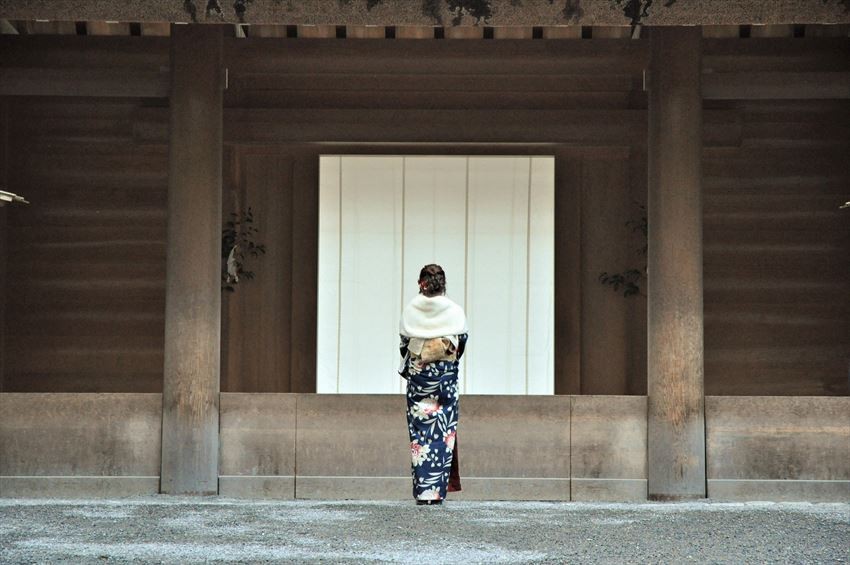
The Geku, where you can feel the origin of the beauty of Japan, is a space with a primitive art feeling.
Calm the heart and close the eyes, and feel the soul slowly getting silent.
Feel the nature at the shrine, and breath in the sacred air.
A healthy body, families and friends, food, clothing and shelter, career, and a heart that feels happiness.
All of these are not for granted.
Give thanks for being able to live a fulfilled life like this every single day.
Clear the mind and again, feel the present that is satisfying.

▲My friend who has finished worshipping. Did she look refreshed??
This time, my trip to Ise Jingu (Geku and Naiku) was guided by the O-Ise-san Tour Guide (O-Ise-san Kanko Annai).
My knowledge of Ise Jingu was ambiguous and lacking but through this tour, the guide has taught me a lot about Ise Jingu and I had a very meaning time here.
I believe that in my life onwards, there will be times to ponder the meaning implied by Ise Jingu.
If you would like to make booking for the tour from O-Ise-San Tour Guide, you can refer here: http://ise-machi.co.jp/dmo/
________________________________________
About O-Ise-San Tour Guide
- Ise Machi-zukuri Co., Ltd.
- Homepage: http://ise-machi.co.jp/dmo/
- Address: Iwabuchi 1-chome 7-17, Ise-shi, Mie Prefecture, 〒516-0037
- Call us for enquiry
- Utsukushi Kuni Kanko Station, O-Ise-San Tour Guide Reception
- TEL 0596-24-3501
Writer: FUKUDAMIKI
The vice president of OTONAMIE. An OTONA MASTER. She is a president’s secretary and also the manager of the Office Work Center.
She is even a student too from few years ago. She moved to Mie Prefecture in 2014 together with her husband. The new world stimulated her curiosity. As a person from outside, she discovers the charm of the place even more.
OTONAMIE http://otonamie.jp/
*This website is equipped with Google Translate feature.
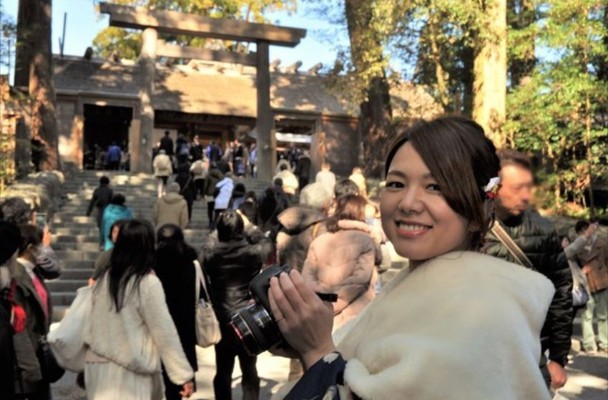

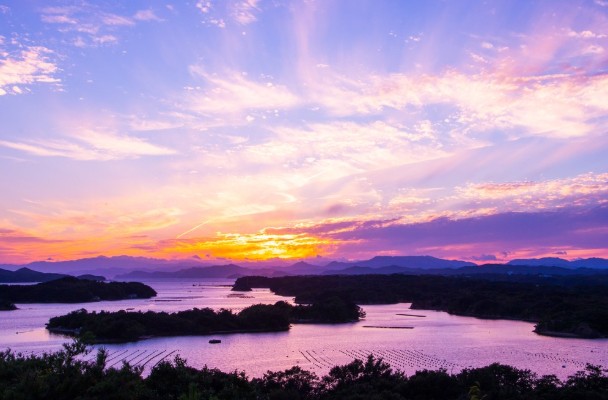
Comments